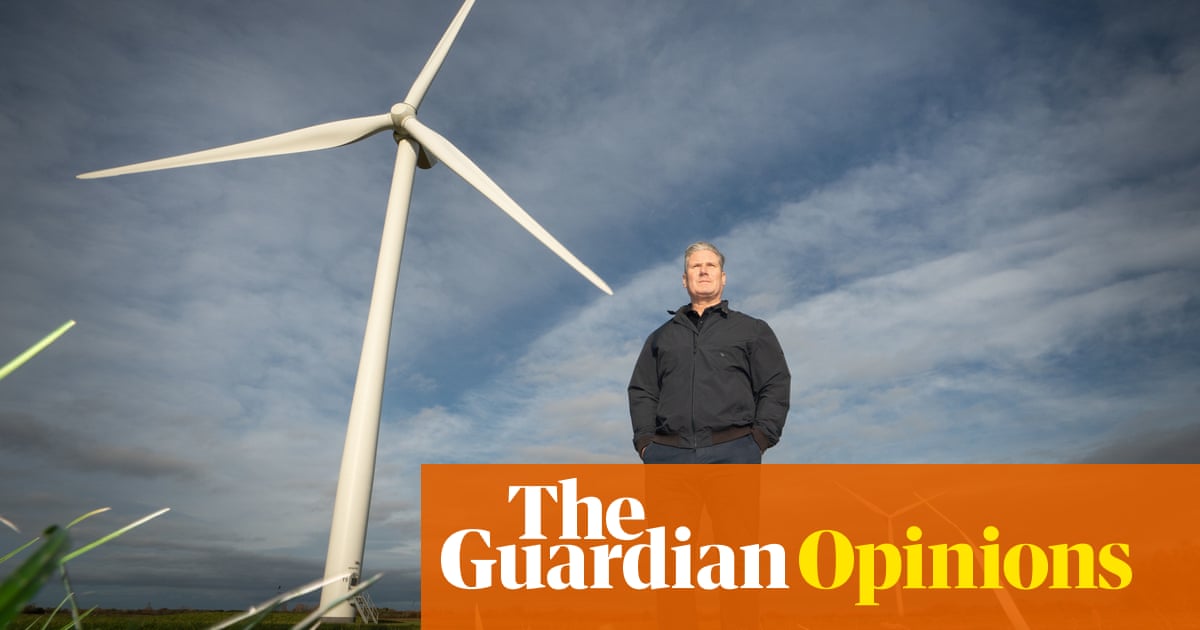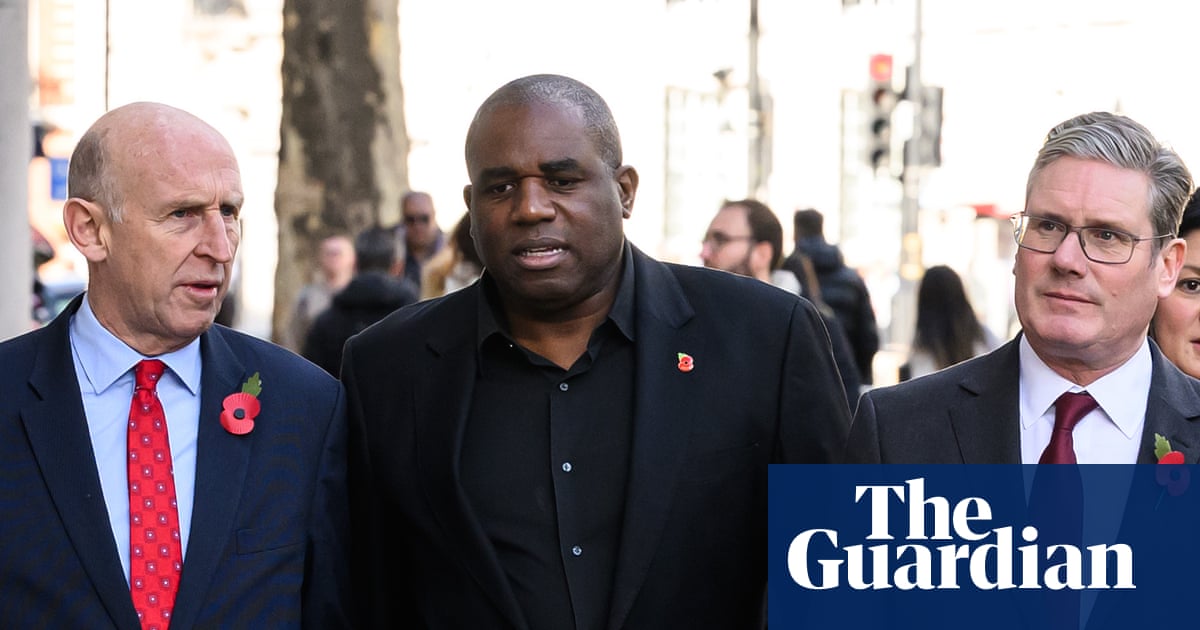
ince the devastating 2019 general election result, few Labour members would disagree that their party’s campaign was chaotic. Confused messaging, panicky policy announcements and a forgettable slogan (“It’s time for real change”) all pointed towards that conclusion. But the messy details of the campaign are now emerging in a series of Times extracts from Left Out, a new book by two reporters from the paper, Gabriel Pogrund and Patrick Maguire.
By the time of the December election, mistrust between party colleagues had already undermined Labour’s chances. Just two weeks before polling day, a new strategist was brought in to work up ideas for winning back leave voters, an alternative slogan was introduced (“We’re on your side”), and a defensive approach to targeting seats began.
Brexit was a central factor in the election result, of course. It created a deep rift within the Labour left and split longtime friends and allies Jeremy Corbyn and John McDonnell. Those closest to the Labour leader felt that the shadow chancellor repeatedly overstepped the mark by siding with backbenchers in favour of a fresh EU referendum. Karie Murphy, Corbyn’s chief of staff, even told the authors that McDonnell “moved against both of us” and “it f****d our project”.
Phew, Keir Starmer might be tempted to think. That Brexit is now being done means Labour is no longer struggling with an existential issue that calls for bold answers on national identity (at least not in England – the Scottish constitutional question still looms). That’s one intractable problem out of the way. Of course, there is still much to be done to address the lingering crisis over antisemitism in the Labour party – but one member of Labour’s ruling body has reported that, with the help of frequent online meetings, the party is clearing its backlog of disciplinary cases.
And yet the difficulties facing the new Labour leadership are not so different from those encountered by Corbyn. No sooner was the Islington leftwinger elected as a champion of the membership than the party and its left flank became bitterly divided over Brexit. The leadership was pulled in one direction by MPs such as Ian Lavery, representing leave voters, and in another by Europhile Corbyn sceptics and #PCPEU (pro-Corbyn, pro-EU) members. Brexit was just one manifestation of a divide that will continue to rear its head.
The Labour Together report on the party’s 2019 campaign included a section on “longer-term drivers” of the result. “The immediate issues of this election accelerated and crystallised a worsening disconnect between Labour and key groups of voters,” it said. “The roots of our 2019 loss stretch back over the last two decades.” Those fundamental causes – deindustrialisation, declining party loyalty, the damage of austerity in areas where Labour is seen as the “establishment” – aren’t going anywhere. Starmer still must grapple with the most difficult task of all: winning over Labour’s historic broad voter coalition, which was decisively ripped apart last year after resting on shaky ground for decades.
How to appeal to this broad coalition is one key question that Starmer needs to answer. So far as leader, he has prioritised internal change. He installed a new general secretary remarkably quickly, and he’ll be hoping to bolster his majority on Labour’s ruling body in the upcoming internal elections before implementing further reforms. Meanwhile, the frontbench has developed a consistent line for policy issues and responses to U-turns: that the government is “incompetent”.
From schools reopening to getting a Brexit deal (or not), this framing will be Labour’s version of the “long-term economic plan” mantra adopted by the Tories under David Cameron. Polling suggests that this message is getting through, with Labour now level-pegging with the Conservatives on the question of which party is most competent, although the party is still lagging behind on voting intention.
The leadership believes that before Labour has the right to sell its own ideas to the public, the party must be detoxified – and Starmer made to look prime ministerial in contrast to Boris Johnson’s hopeless leadership. This strategy has meant staying quiet on cultural and social issues that spark heated public debate. The party must “neutralise” such tensions in order to attract a range of voters broad enough to win power, the Labour Together review advised.
The tricky aspect of this approach is that the membership also needs to be kept happy. Those who had a vote in the leadership election this year were promised a salesman who could carry forward a 2017-style Labour programme – radical but not overloaded as in 2019 – without being dragged down by the same level of party infighting or press vilification. Many of the issues members care about most deeply are the ones that Starmer would like to handle delicately. Activists have not hesitated to demand more from the new leadership’s more subdued style on issues such as migrant boat crossings. They are backed up by figures such as Manuel Cortes – head of the Transport Salaried Staffs’ Association (TSSA), which nominated Starmer earlier this year – who has called on the leadership to “turn up the volume”.
This may be a question of timing for the leadership, but there is pressure from those who believe that forceful opposition shouldn’t need to wait. Party disunity damages Labour, which in turn obstructs Starmer’s rebranding mission. The Conservatives won’t hesitate to inflame the “culture war” issues that make the opposition party nervous. Recent reporting provides further evidence of that old adage: divided parties don’t win elections. To avoid a repeat of the shambolic 2019 effort, Starmer’s electoral strategy can’t ignore the importance of holding the party together.












